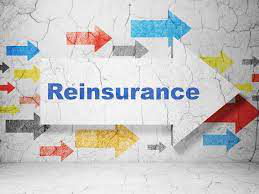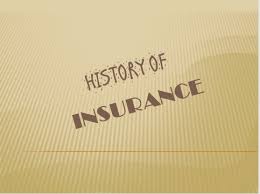What Is the Main Business Model for Insurance Companies?
Insurance agencies base their plans of action around expecting and enhancing risk management. The fundamental protection model implies pooling hazards from individual payers and rearranging them across a bigger portfolio. Most insurance agencies produce income in two ways: Charging expenses in return for protection inclusion, then, at that point, reinvesting those charges into other interest-creating resources. Insurance agencies attempt to advertise successfully and limit authoritative expenses like every personal business.
Pricing and Assuming Risk
The revenue model differs from health care insurance organizations, property insurance agencies, and monetary underwriters. Nonetheless, the principle errand of any safety net provider is to value hazard and charge a premium for accepting it.
Assume the insurance agency offers a strategy with a $100,000 contingent payout. It needs to evaluate how probable a forthcoming purchaser is to trigger the contingent instalment and broaden that hazard dependent on the length of the approach.
Without great guaranteeing, the insurance agency would charge a few clients to an extreme and others excessively little for accepting danger. Assuming an organization costs its danger viably, it should get more income in expenses than it spends on contingent payouts.
One might say a guarantor's genuine item is protection claims. When a client records a case, the organization should handle it, really look at it for precision, and submit instalments. This changing system is important to sift through fake cases and limit the danger of misfortune to the organization.
Interest Earnings and Revenue
Assume the insurance agency gets $1 million in expenses for its arrangements. It could clutch the cash in real money or spot it into an investment account, yet that isn't extremely effective: At the exceptionally least, those reserve funds will be presented to expansion hazard. The organization can track down protected, transient resources to contribute its assets, creating extra interest income while it sits tight for potential payouts. Normal instruments of this sort incorporate Treasury securities, high-grade corporate securities, and premium bearing money reciprocals.

Reinsurance
A few organizations take part in reinsurance to reduce the risk involved. Reinsurance is a safeguarding tool that insurance agencies purchase to be safe from over the top misfortunes because of high openness.
For instance, an insurance agency might compose an excess of tropical storm protection in light of models that show slim odds of a typhoon causing a geographic region. If a natural disaster hit that area, significant misfortunes for the insurance agency could result. Without reinsurance taking a portion of the dangers off the table, insurance agencies could leave the business at whatever point a catastrophic event hits.
Controllers command that an insurance agency should issue a strategy with a cap of 10% of its worth except if it is reinsured. Subsequently, reinsurance permits insurance agencies to be more forceful in winning a piece of the pie, as they can move hazards. Moreover, reinsurance smooths out the normal vacillations of insurance agencies, which can see huge deviations in benefits and misfortunes.
For some insurance agencies, it resembles exchange. They charge a higher rate for protection to individual buyers, and afterwards, they get less expensive rates reinsuring these arrangements on a mass scale.

Evaluating Insurers
By streamlining the vacillations of the business, reinsurance makes the whole protection area more fitting for financial backers.
Like other non-monetary help, protection area organizations are assessed depending on their productivity, anticipated development, payout, and hazard. Since insurance agencies don't interest fixed resources, little deterioration and capital consumption are recorded. Investigators don't utilize measurements including firm and venture esteems; all things considered, they centre around value measurements, for example, cost-to-income (P/E) and cost-to-book (P/B) proportions. Investigators perform proportion examination by computing explicit protection proportions to assess the organizations.
The P/E proportion will, in general, be higher for insurance agencies that show high expected development, high payout, and okay. Also, P/B is higher for insurance agencies with high expected profit development, okay profile, high payout, and an exceptional yield on value. Holding everything consistent, return on value has the biggest impact on the P/B proportion.
Examiners need to manage extra entangling factors when contrasting P/E and P/B proportions across the protection area. Insurance agencies make assessed arrangements for the costs of their future case. Assuming that the guarantor is too moderate or too forceful in assessing such arrangements, the P/E and P/B proportions might be excessively high or excessively low.
The level of broadening likewise hampers equivalence across the protection area. It is normal for safety net providers to engage with at least one special protection organization, like life, property, and setback protection. Delegation upon the level of broadening, insurance agencies face various dangers and returns, making their P/E and P/B proportions distinctive across the area.







